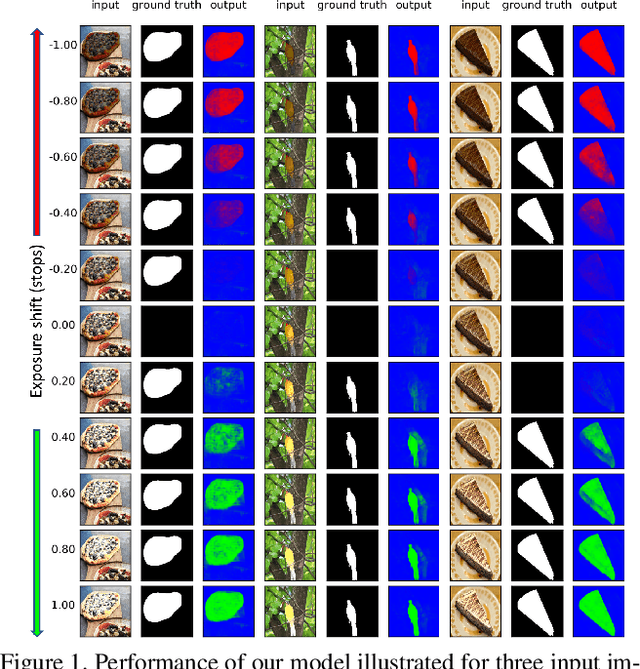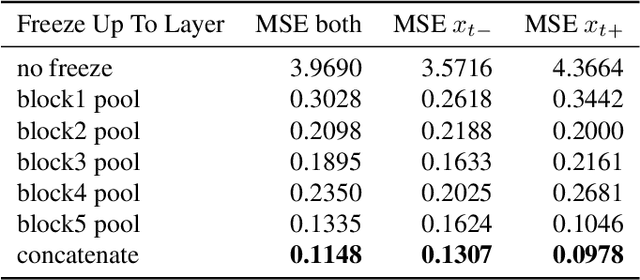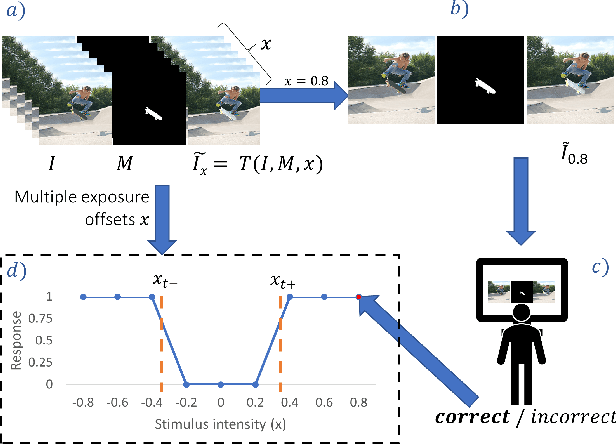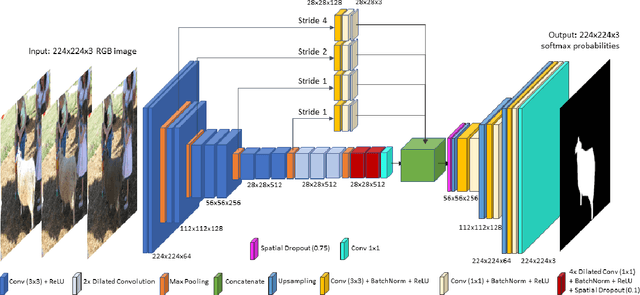Alan Dolhasz
Defurnishing with X-Ray Vision: Joint Removal of Furniture from Panoramas and Mesh
Jun 06, 2025Abstract:We present a pipeline for generating defurnished replicas of indoor spaces represented as textured meshes and corresponding multi-view panoramic images. To achieve this, we first segment and remove furniture from the mesh representation, extend planes, and fill holes, obtaining a simplified defurnished mesh (SDM). This SDM acts as an ``X-ray'' of the scene's underlying structure, guiding the defurnishing process. We extract Canny edges from depth and normal images rendered from the SDM. We then use these as a guide to remove the furniture from panorama images via ControlNet inpainting. This control signal ensures the availability of global geometric information that may be hidden from a particular panoramic view by the furniture being removed. The inpainted panoramas are used to texture the mesh. We show that our approach produces higher quality assets than methods that rely on neural radiance fields, which tend to produce blurry low-resolution images, or RGB-D inpainting, which is highly susceptible to hallucinations.
An Empty Room is All We Want: Automatic Defurnishing of Indoor Panoramas
May 06, 2024Abstract:We propose a pipeline that leverages Stable Diffusion to improve inpainting results in the context of defurnishing -- the removal of furniture items from indoor panorama images. Specifically, we illustrate how increased context, domain-specific model fine-tuning, and improved image blending can produce high-fidelity inpaints that are geometrically plausible without needing to rely on room layout estimation. We demonstrate qualitative and quantitative improvements over other furniture removal techniques.
Learning to Observe: Approximating Human Perceptual Thresholds for Detection of Suprathreshold Image Transformations
Dec 13, 2019



Abstract:Many tasks in computer vision are often calibrated and evaluated relative to human perception. In this paper, we propose to directly approximate the perceptual function performed by human observers completing a visual detection task. Specifically, we present a novel methodology for learning to detect image transformations visible to human observers through approximating perceptual thresholds. To do this, we carry out a subjective two-alternative forced-choice study to estimate perceptual thresholds of human observers detecting local exposure shifts in images. We then leverage transformation equivariant representation learning to overcome issues of limited perceptual data. This representation is then used to train a dense convolutional classifier capable of detecting local suprathreshold exposure shifts - a distortion common to image composites. In this context, our model is able to approximate perceptual thresholds with an average error of 0.1148 exposure stops between empirical and predicted thresholds. It can also be trained to detect a range of different pixel-wise transformation.
 Add to Chrome
Add to Chrome Add to Firefox
Add to Firefox Add to Edge
Add to Edge